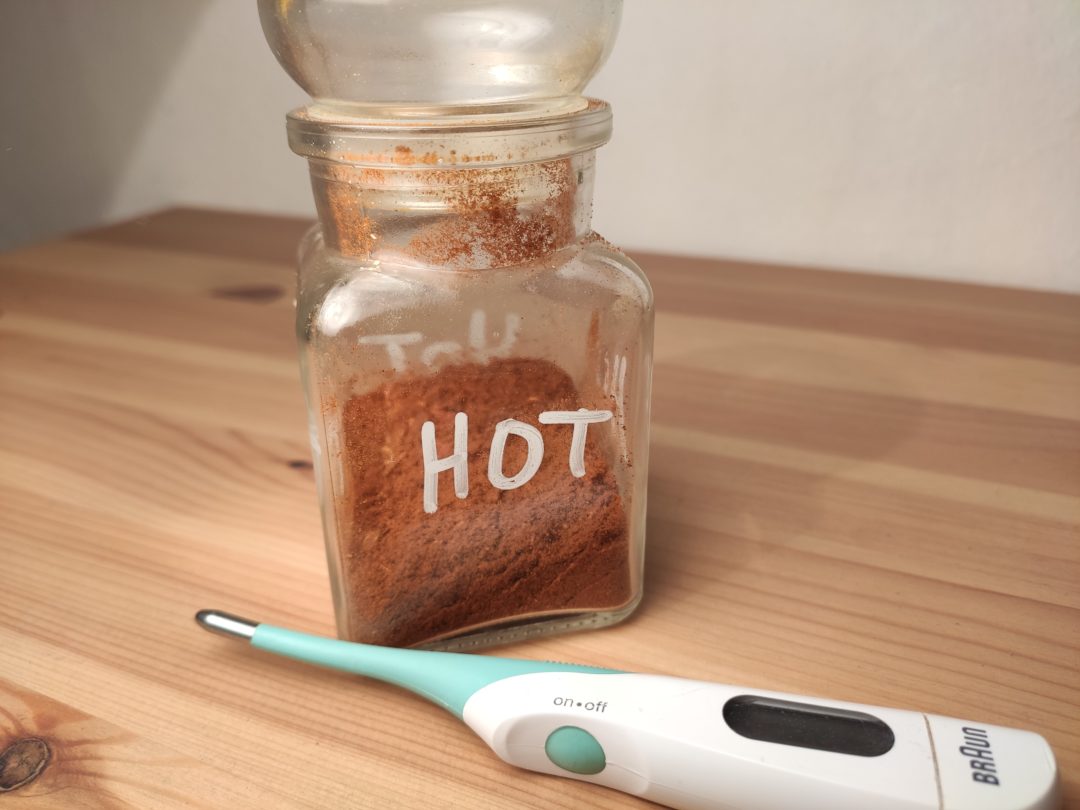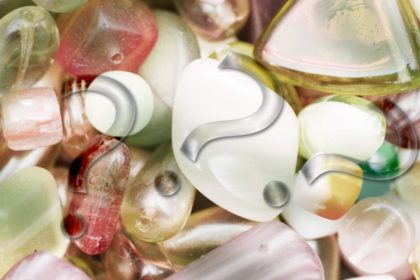Fever is not a pleasant thing to endure, and it’s downright scary to watch in your children. We’ve gradually started to see it almost as an illness in its own right. And there are situations where we really have to get it under control when it spirals. But there’s one very important thing we need to remind ourselves of: Fever is a sign of the body protecting itself. It is both a symptom – and a tool. It is not the sickness itself, it is a sign of a fight against it and a method of fighting against it. And that’s one thing we sometimes forget.
Did you know that at temperatures over 103 F (39.5 C), most bacteria and viruses lose their ability to multiply and die? That white blood cells are more agile and kill off unwanted intruders (a.k.a. infection) more easily at higher body temperatures? So fever is not necessarily and not always your enemy, even though it’s not the world’s most pleasant friend.
Current practice is to start pushing body temperature down once it exceeds 101 F (38 C), either with anti-fever medicines (paracetamol or ibuprofen under their various names such as Tylenol, Panadol, Advil, etc.), or with natural means which we will describe soon. It is certainly necessary to lower the fever in some situations, but although your neighbor, your mama and most definitely many an advertising campaign will probably tell you to start pushing the fever down once it crosses that magical 101/38 threshold (or even earlier), it is not what a growing number of studies would tell you.
When would you need to lower temperature?
Turns out, perhaps not as often as we’d think. Certainly when the fever reaches 104 C (40 C). Without a doubt in cases of neurological injuries, sepsis or other cases which would hopefully be handled in a hospital setting, so not even a hint of home remedies. But in situations where you (or your kid) are a relatively healthy person who simply caught one of the vast array of common infectious diseases such as the flu, common cold, chickenpox, etc., and the fever is keeping under 104 F (40 C), you might want to give it a chance. The circumstances when you’d probably turn to lowering the temperature would be to allow yourself some good night sleep or when the high fever has been going on for too long and it seems to be exhausting the body too much and is more of a hindrance than help.
There are some easy home remedies that are much easier on the liver than your typical over-the-counter medicines and you will find some of them suggested below. But first we’d like to show that there often are good reasons to let the fever run its course, as well as strategies on how to best handle it.
Two major worries associated with fever are febrile seizures in children and brain damage due to protein denaturation.
Although febrile seizures are without a doubt very scary to witness and it’s very good to know about them to know what to do (you can educate yourself for instance here if you have a small child), they are usually harmless and leave without a mark, and more importantly for the purposes of our article, using anti-fever medicine will not prevent febrile seizures, as shown for instance in this study.
As for brain damage, this would occur above 108 F (42 C), you absolutely don’t want to leave the temperature to rise that high, but cases of this high fever as a result of infection are very rare. Generally, you want to keep it under 104 F (40 C).
Why fever?
There are many documented benefits of fever within a normal range, a Japanese study shows that frequent use of anti-fever medicine may lead to a worsening in kids with an infectious illness – the opposite of what you want to achieve. A study of children with chickenpox showed that children who were given placebo instead of acetaminophen (Tylenol) had a somewhat shorter time of scabbing (and more importantly, itching). A Finnish study showed that children with salmonella who had a higher fever were infectious for a shorter time (i.e. killed off the bacteria more efficiently), and a Baltimore study concluded that antipyretics (anti-fever medication) may even prolong influenza A infections.
But again, there are definitely times when you need to bring the temperature down and here are some good tips and home remedies that can help you.
How to lower temperature naturally
Lower the temperature once it peaked, not during the warm-up phase. When the body is still intent on warming up, the person will feel cold, will have the shivers, their hands and feet will be cold. Once the body reached its desired temperature, the person will feel somewhat better, the chills will have gone and the hands and feet will be as warm as the rest of the body. If the person starts shivering, stop lowering the temperature so as not to trigger another rise.
Lukewarm bath
Not a cold one, we’d like to point out. Just make it a shallow bath that’s just a bit colder than the feverish person, so still pleasant to the touch to you. Cold water would be too much of a shocker (and highly unpleasant) plus more importantly, it could trigger the body into warming up again. If you’re sick with a common cold or cough, chest congestion or similar, you could even add a drop of eucalyptus oil to help clear your airways if you like. Lukewarm shower is of course also an option.
Lukewarm calf towels
If bath or shower sounds too hard on you at the moment or you really want to go about things gently, wrapping your calves for a while in a towel that’s been soaked (and wrung) in a lukewarm (not cold) water should lower the temperature by almost 1 degree F (0.5 degree C) without too much discomfort. Exchange the towel every 20 minutes or so.
Popsicle?
A refreshing way to both take down the temperature a little and replenish fluids, something you shouldn’t neglect during fever.
Frozen grapes
This is an upgraded version of a popsicle – simply wash some grapes, pop them in the freezer and once frozen, they become a lovely delicacy that will cool your mouth and delight your tongue. But don’t give these to smaller children! – a rock-hard, small, spherical object is a very bad idea for a sick child with fever to put in their mouth.
Keep hydrated
Fever makes you lose quite a lot of fluid so it’s important to drink. Enjoy a nice, clear broth which will replenish not only your fluids, but also some of the minerals that get lost through sweat. Drink some mineral water or a rehydration solution, enjoy a cup of tea (linden will help you sweat it out, yarrow will help reduce the fever although careful if you have liver problems), squeeze a lemon in your glass of water and pimp it up with a spoonful of honey (although no honey for children younger than 1 year).
We hope your fever will leave you quickly and painlessly and restore you to good health!




